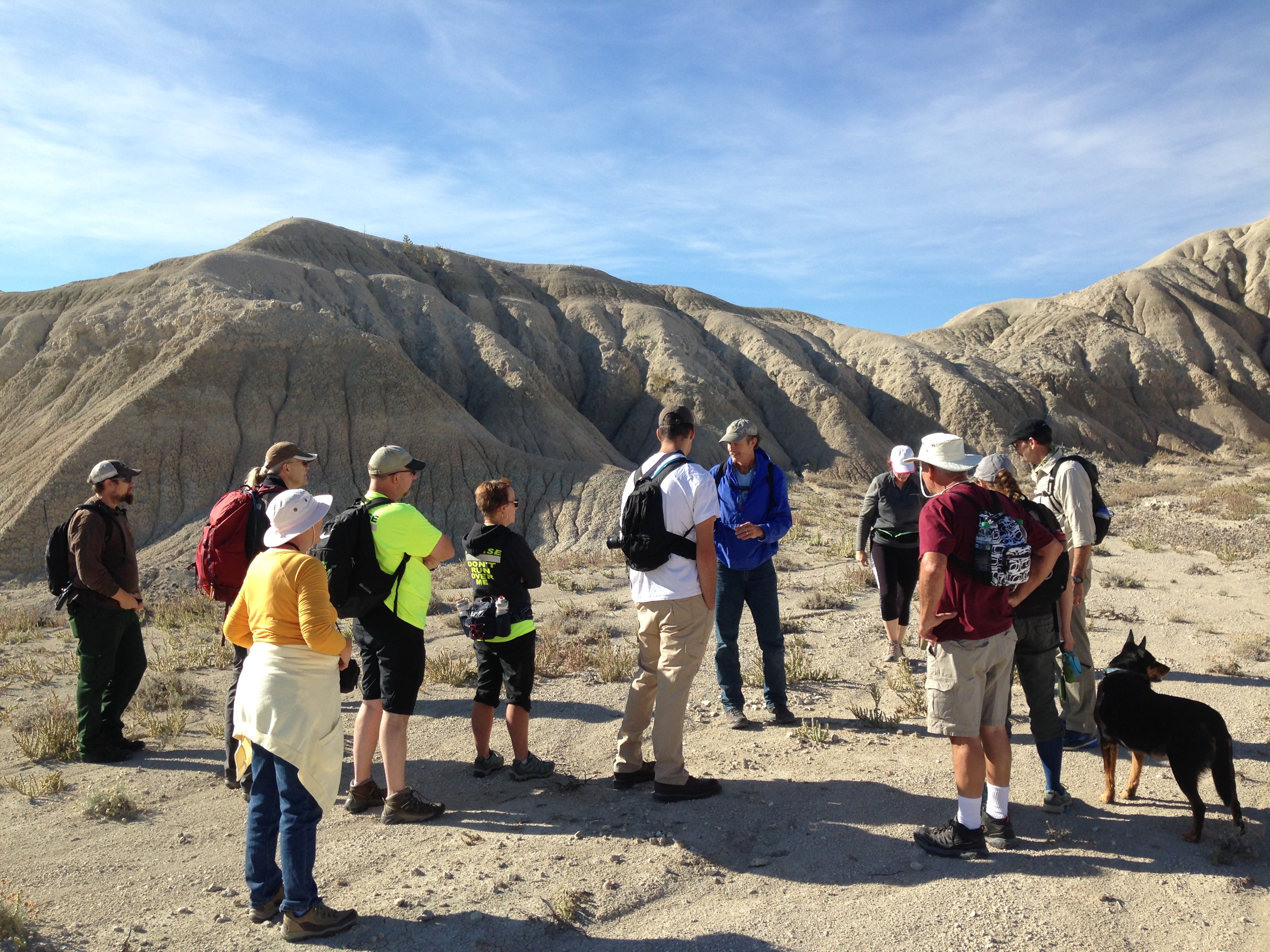In the continuing series of posts from our recent newsletter, here is board member Luke (Strider) Jordan on how to maintain the long term health of the GPT:
The Great Plains Trail is new on the stage of long-distance trails. 2018
brought a lot of successes and progress to the overall development of the trail and
GPTA hopes to build on that progress. As the Board of Directors looks ahead at
bringing the trail to the forefront of people’s minds and what the long-term
goals will be, a new phase of planning will need to be adopted to reach those goals.
That strategy will revolve around forming long-lasting partnerships.
Partnerships and cooperation are keystones to the development of long-distance trails. Trails cross a variety of land ownerships including private lands
and it is important to develop partnerships that respect property rights
and the missions of land managers. Some of the longer-standing trails such
as the Appalachian Trail have an advantage in the way their organizational
structure is set up. For example, a big difference between the AT and some of
the newer and lesser known trails is that the trail is federally managed, but also
that either the federal agency or the official partner organization owns a
majority of the land through which the trail passes. For other trails, that is often
not the case and they rely more heavily on partnerships to ensure establishment
and long-term protection of the trail. All trails rely on partnerships to some
degree. In some places, state governments have taken the lead in
planning trail corridors and providing funding opportunities. In other places, a
kind of certification process is used where the trail organization or
administering agency signs a voluntary agreement with whoever owns or
manages the land to ensure protection of the trail. The advantage to using
agreements is that private landowners and local governments can take a more
active role in the overall effort, as well as retain all property rights. Where private
lands are involved, nonprofits and land trusts in many cases have obtained
easements on those lands, simply allowing the trail to pass through without
disrupting the current managed use of a particular property.
To achieve this goal of providing trail access, GPTA will need to form strong
long-lasting partnerships with land managers and other groups that can
support and share in GPTA’s mission. This will include the various public land
managers through which the trail passes including federal and state agencies, as
well as various types of non-profit and private groups. GPTA will need to form
these relationships from the ground up, and do our part to maintain those
relationships. Some early successes have already occurred in recent years in
working with both public land managers and other trail groups. A big highlight was
working with the US Forest Service to establish a new official segment of trail,
the first ever, and host a grand-opening event on National Public Lands Day. The
event was well-attended and gave an introduction on partnerships and the truly
magical things that can happen if like-minded people communicate, get
together and work towards a common goal. Further successes came in the form
of co-hosting a guided hike on a future segment of the trail, as well as providing
several opportunities for the public to attend informative presentations about
the GPT. A lot of this work on other trails is done by volunteers who have the local
knowledge to contact landowners and can provide input to the decisions made
by the staff or board of directors of the primary trail organization. GPTA has already received inquiries from enthusiastic people willing to spend
some time helping to reach our goals locally. While there currently isn’t any
form of an official volunteer program set up at this time, GPTA can still aim to
provide opportunities for you to get involved with GPT projects, including
things like outreach, trail maintenance and signage. Overtime, the hope is these
early volunteer opportunities can lead to eventually building a larger network of
volunteers in the communities through which the trail passes. In the end, the
volunteers working alongside the Board of Directors will be the heart and soul of
the GPT, and will be the ones looking after its preservation and longevity for enjoyment by future generations.
Luke (Strider) Jordan



